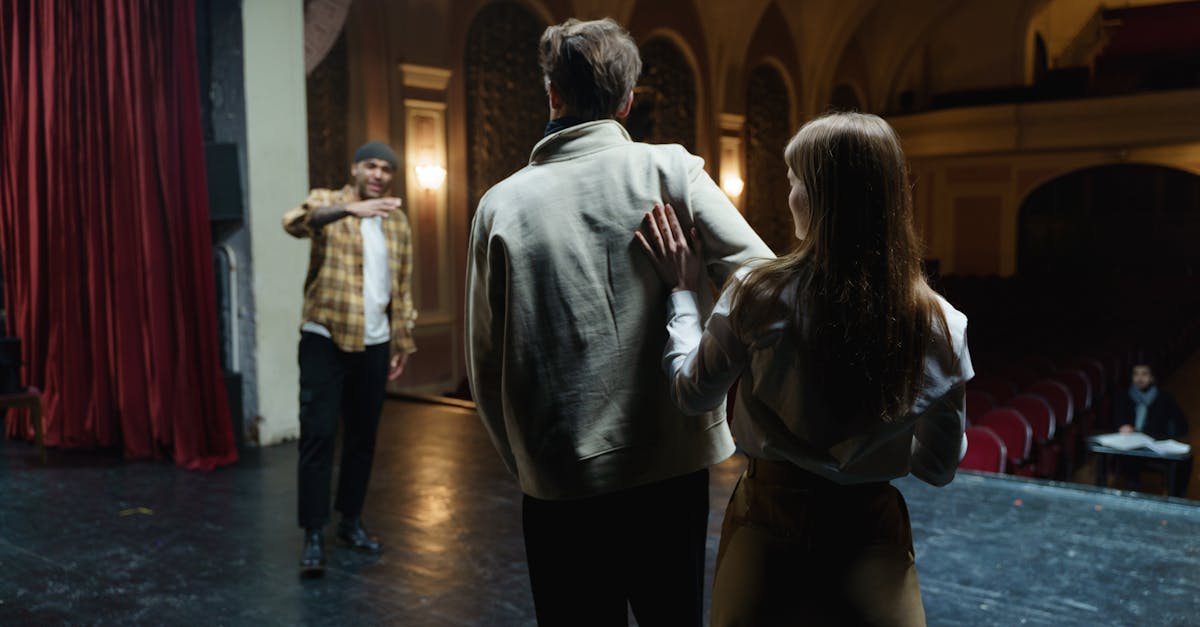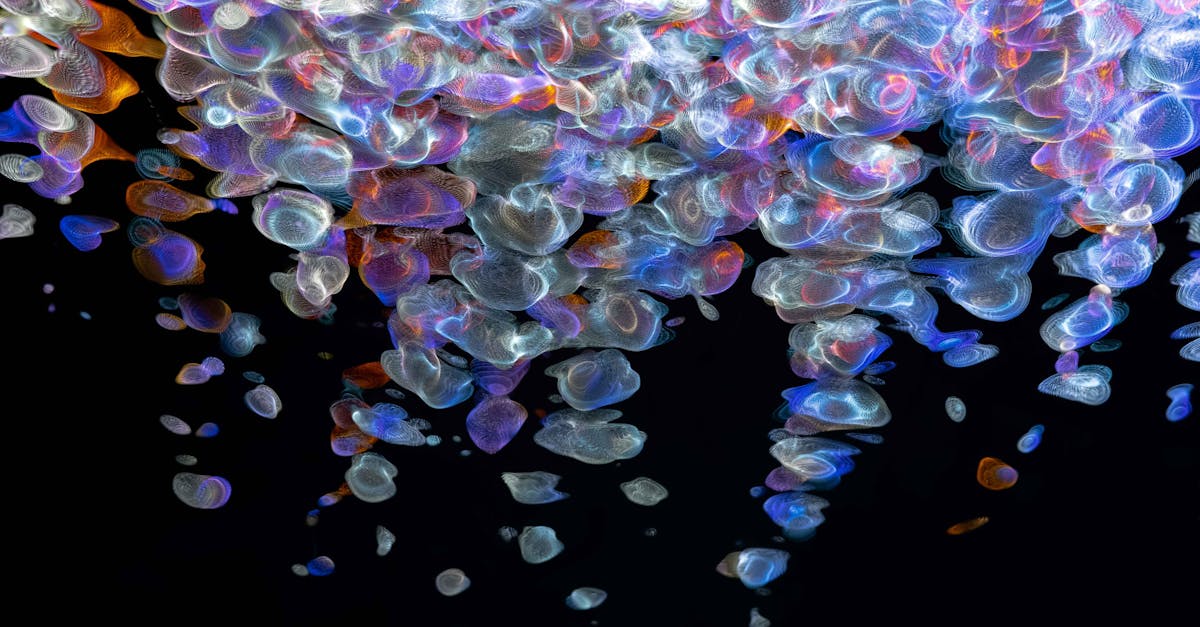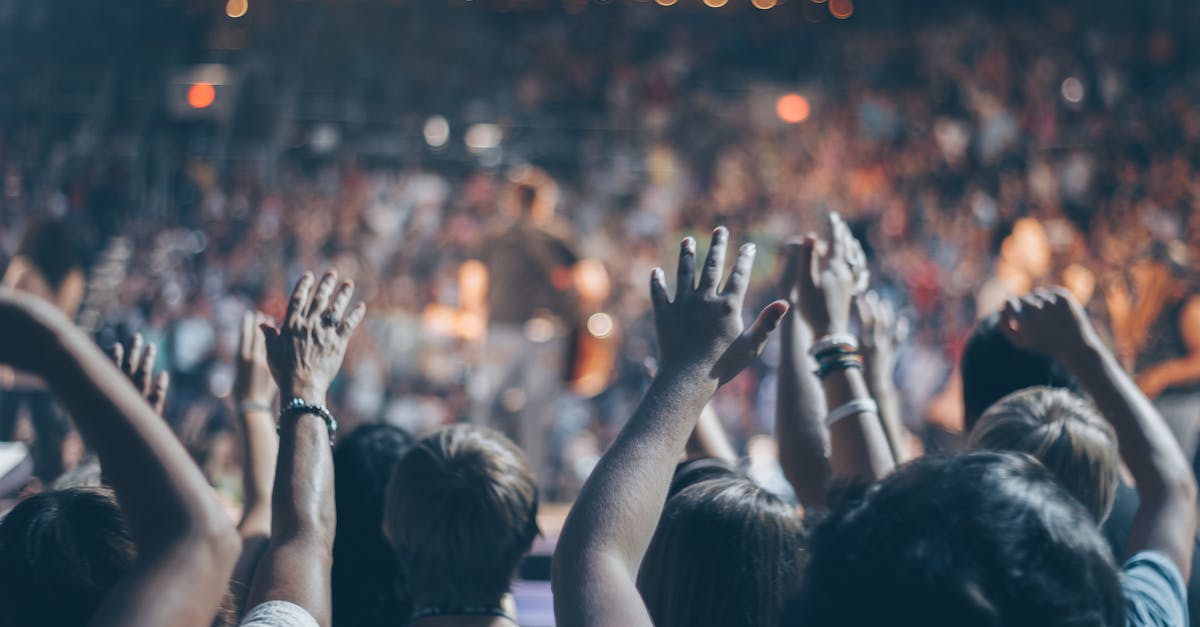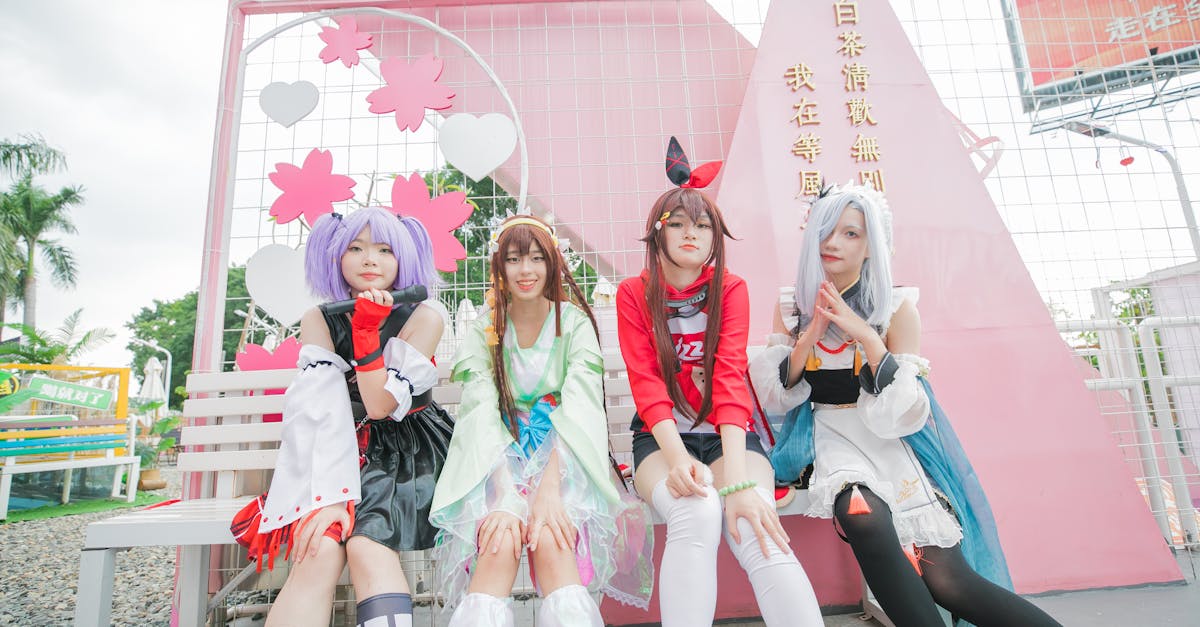Artistic Revolutions Today
Introduction: The Canvas of Change
In the ever-evolving landscape of creative expression, artistic revolutions today are reshaping the way we perceive the world. Modern artists are pushing traditional boundaries, using innovative mediums and techniques to engage audiences in meaningful dialogues. With digital platforms and social movements interwoven into the fabric of artistic endeavors, art is becoming increasingly democratized. These artistic transitions offer a mirror to societal changes, reflecting contemporary issues and emotions through bold and evocative expressions. As we examine the current artistic revolutions, we explore the cultural, social, and individual transformations driving these changes. Join us as we delve into the vibrant tapestry of modern art, igniting conversations and inspiring new perspectives.
Advertisement
The Rise of Digital Art
Digital art has emerged as a powerful force in the contemporary art world, revolutionizing how art is created, distributed, and appreciated. With the advent of tools like graphic design software, virtual reality, and AI-generated imagery, artists are embracing digital environments to craft immersive experiences. From NFT marketplaces allowing for unique ownership of art pieces to interactive installations that engage viewers, digital art is reshaping traditional concepts of art. Additionally, social media platforms enable artists to showcase their work globally, reaching audiences and cultures that were once inaccessible. This democratization of art consent has ushered in a new era, where creativity knows no bounds—leading to more diverse artistic voices being heard.
Advertisement
Exploring Environmental Art
As environmental concerns gain increasing importance on the global stage, artists are using their craft to raise awareness and promote sustainability. Environmental art, often created from natural or reclaimed materials, aims to bring attention to the planet's fragility. Contemporary artists like Olafur Eliasson and Agnes Denes create installations that highlight climate change and ecological challenges by transforming spaces into poignant reflections on human impact. This movement not only challenges artistic norms but also encourages viewers to reconsider their relationship with nature. These eco-conscious works present art as activism, fostering a greater sense of responsibility towards environmental stewardship.
Advertisement
Street Art and Public Spaces
Street art has evolved from a perceived act of rebellion to a recognized and celebrated art form that enlivens urban landscapes. With artists like Banksy turning societal structures into canvases, street art illustrates potent commentaries on socio-political issues. Often vibrant and unconfined, these pieces breathe life into neglected public spaces, transforming ordinary streets into open-air galleries. Increasingly, cities are commissioning street artists to create works that discuss themes of identity, community, and social justice. This movement underscores the power of art to bridge gaps, connect communities, and provoke meaningful discussions on the streets we walk every day.
Advertisement
The Exploration of Identity and Culture
Contemporary artists are increasingly focused on exploring themes of identity, representation, and culture, particularly in a world marked by globalization and diversity. They examine the intricacies of race, gender, and heritage, often intertwining personal narratives with wider cultural contexts. Artists such as Kara Walker and Kehinde Wiley use their platforms to challenge historical narratives and stereotypes, showcasing underrepresented voices through dynamic and unapologetic works. Through their exploration of intersecting identities, these artists not only enrich the cultural conversation but also inspire greater inclusivity and understanding within their communities.
Advertisement
Experimental and Hybrid Art Forms
Artistic boundaries continue to blur with the integration of diverse art forms, creating hybrid expressions that defy traditional categorization. Performance art, multimedia installations, and conceptual art challenge audiences to engage with ideas beyond the confines of conventional media. These experimental forms reinvigorate classical techniques and juxtapose them with contemporary narratives, offering fresh and often provocative interpretations. Artists like Marina Abramović push the limits of creativity, using the human body as a canvas, while others incorporate music, dance, and literature into their works. This innovative fusion of art forms redefines the audience's role, transforming the way art is experienced and understood.
Advertisement
The Role of Social Media in Art
In today's interconnected world, social media platforms serve as essential tools for artists to share their creations and connect with audiences worldwide. Instagram, TikTok, and Twitter are virtual galleries where artists can engage with communities and receive real-time feedback. Artists like Yayoi Kusama and JR have leveraged their online presence to transform their works into viral sensations, affording them a global reach. However, this digital immersion raises questions about the nature of art consumption and its commercialization. The interplay between digital attention and authentic artistic expression raises intriguing discussions about the balance between visibility and integrity in the art world.
Advertisement
Art and Social Justice Movements
Artistic revolutions today often intersect with social justice movements, driving change through visual storytelling and performative acts. Art becomes a powerful tool for activism as artists stand at the forefront of movements advocating for racial equality, gender rights, and socio-economic justice. Art installations, murals, and performances serve as catalysts for reflection and dialogue, inspiring collective action within communities. Artists like Ai Weiwei use their work to challenge authoritarian regimes and advocate for human rights, embodying the idea that art can provoke tangible social and political transformation. These contemporary art forms contend with urgent issues, demanding attention and contributing to the pursuit of a more equitable world.
Advertisement
Technology and the Future of Art
The relationship between technology and art continues to evolve, presenting both opportunities and challenges for artists. AI and machine learning technologies are now integral components in creating generative and immersive art. Digital tools facilitate collaboration across borders, allowing artists from disparate fields to unite over common projects. As virtual reality and augmented reality redefine spaces, art becomes a multi-sensory experience that transcends traditional visual stimuli. While these technological shifts offer exciting possibilities, they also require artists to grapple with the ethical implications of their work, questioning authenticity, authorship, and human involvement in technology-driven art forms.
Advertisement
Conclusion: Embracing the New Creative Era
Today's artistic revolutions reflect the dynamic exchange between cultural shifts, technological advances, and artistic innovation. By challenging conventions, embracing diversity, and engaging critically with societal issues, contemporary art provides a lens through which to navigate the complexities of the modern world. Whether through digital art, public installations, or social media-driven movements, artists are reshaping the creative landscape, creating works that ignite dialogue and inspire change. As art continues to evolve, one thing is certain: it remains a powerful medium, catalyzing the ideas of tomorrow. In embracing this new era of creativity, we uncover fresh possibilities for expression and understanding, uniting diverse voices in a shared pursuit of artistic excellence.
Advertisement








